
Carnegiea gigantea
Saguaro
This Sonoran desert native is the plant icon of Southwest deserts. Damaged by cold below 18F. Becomes large in stature but requires decades. Canopy coverage: 50 square feet.
[Read More]
Cereus hildmannianus
Hildmann's Cereus
Appearance is similar to Organ Pipe Cactus. Canopy coverage: 79 square feet.
[Read More]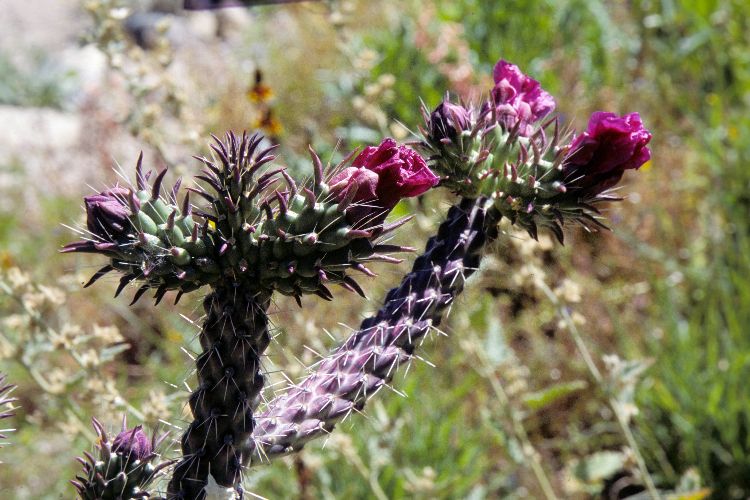
Cylindropuntia acanthocarpa
Buckhorn Cholla
The light yellow spines of this cactus provide contrast to its medium green skin. Shrublike form and thorns help make it a highly effective security barrier. Canopy coverage: 20 square feet.
[Read More]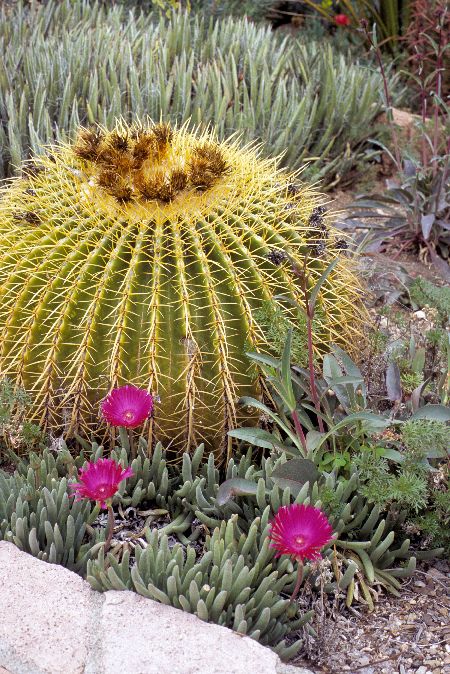
Echinocactus grusonii
Golden Barrel Cactus
Golden spines against medium green skin are the attraction of this cactus. Mass plantings make a striking statement, or it is effective as a single specimen in a container. Canopy coverage: 7 square feet.
[Read More]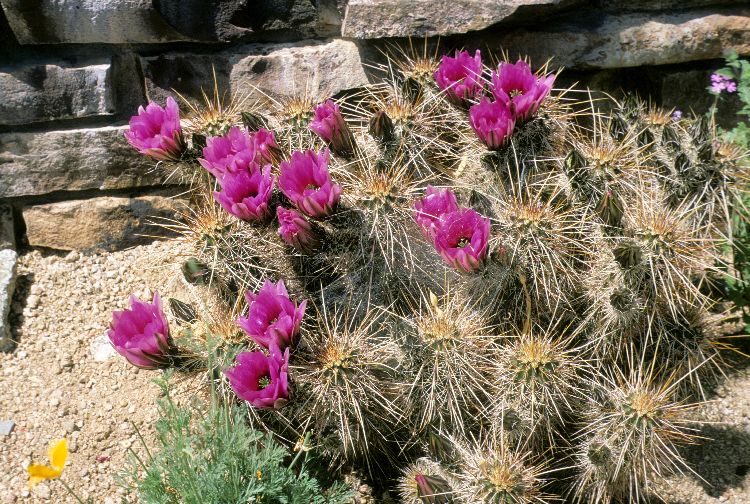
Echinocereus engelmannii
Strawberry Hedgehog
Large, cup-shaped, magenta flowers of Strawberry Hedgehog are quite showy. Be careful of the long spines. Accepts some shade. Canopy coverage: 3 square feet.
[Read More]Echinocereus triglochidiatus
Claret Cup
Claret Cup creates a brilliant display of large, red, cup-shaped flowers up to 3 inches across. Canopy coverage: 7 square feet.
[Read More]
Echinopsis terscheckii
Cardon Grande, Argentine Saguaro
Shape and form are similar to that of the stately Saguaro with a much faster growth rate. Canopy coverage: 50 square feet.
[Read More]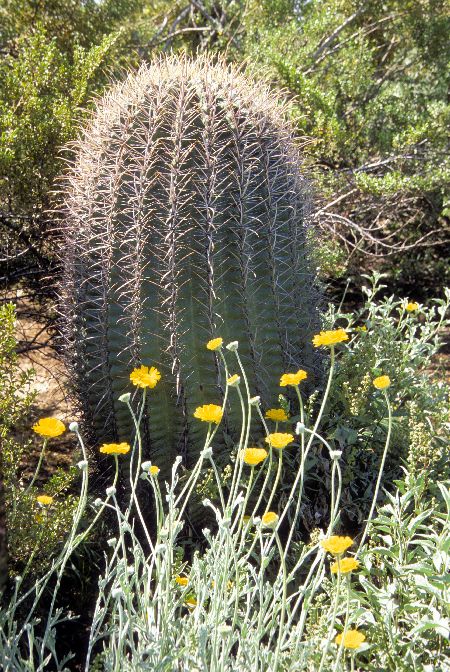
Ferocactus cylindraceus
Compass Barrel
The spine color of Compass Barrel may be red or yellow. Its name is due to the fact the cactus tends to grow toward the southwest. Long-lived, and can grow tall with time (decades). Canopy coverage: 3 square feet.
[Read More]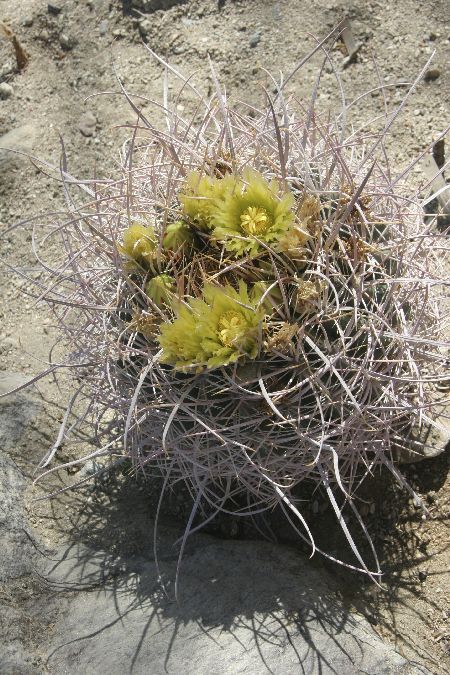
Ferocactus wislizenii
Fishhook Barrel
This cactus is similar to Compass Barrel, but spines are curved like a fish hook, rather than straight. Can get tall with time (decades). Canopy coverage: 3 square feet.
[Read More]
Lophocereus schottii
Senita
Senita makes a striking specimen plant. Flowers bloom at night. Canopy coverage: 79 square feet.
[Read More]
Lophocereus schottii monstrosus
Totem Pole
Its "bumpy" form makes Totem Pole an interesting and eye-catching accent plant. Close cousin of the similar Senita. Canopy coverage: 79 square feet.
[Read More]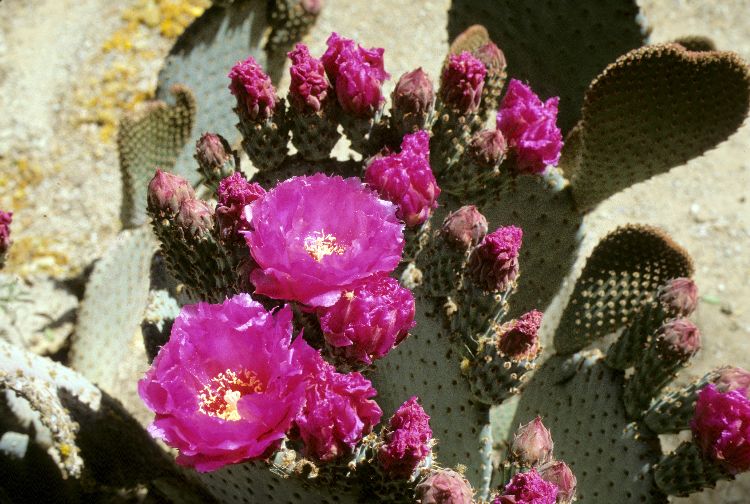
Opuntia basilaris
Beavertail Cactus
Watch out for the tiny brown spines in clusters called glochids: They can be a painful hazard. Produces large clusters of striking spring flowers. Canopy coverage: 13 square feet.
[Read More]Opuntia engelmannii
Engelmann's Prickly Pear
Shrublike in form, this cactus spreads wide, becoming an effective barrier. Yellow flowers are showy, followed by red fruits that are loved by birds. Canopy coverage: 50 square feet.
[Read More]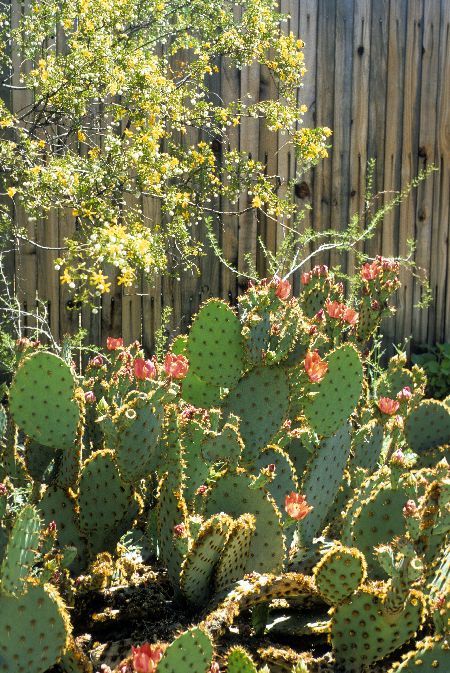
Opuntia engelmannii lindheimeri
Texas Prickly Pear
Texas Prickly Pear is a wide-spreading, clump-forming cactus that can sometimes spread to 15 feet, sometimes more. Spines are yellow, although occasionally there are no spines. Fruit is highly ornamental and is edible. Expect many seeds. Canopy coverage: 79 square feet.
[Read More]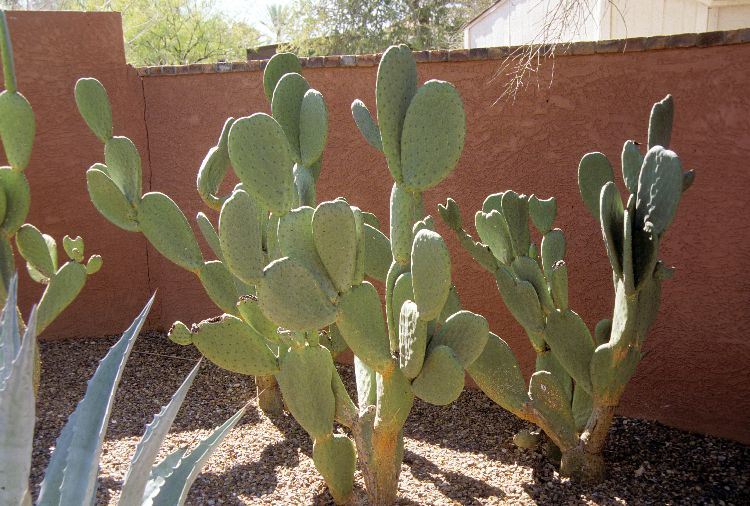
Opuntia ficus-indica
Indian Fig Prickly Pear
The pads of Indian Fig Prickly Pear are 1 foot or more long and usually do not have spines. Fruit that follow flowers are showy and attract birds. Canopy coverage: 177 square feet.
[Read More]Opuntia lindheimeri var. linguiformis
Cow's Tongue Prickly Pear
Like other Opuntias, requires very little water and can exist on meager natural rainfall. Makes a distinctive accent or barrier plant. Canopy coverage: 28 square feet.
[Read More]
Opuntia microdasys
Bunny Ears
This is a superior security and barrier plant—do not touch the harmless-looking, bristlelike thorns called glochids. They release easily into your skin and are difficult to remove. Canopy coverage: 20 square feet.
[Read More]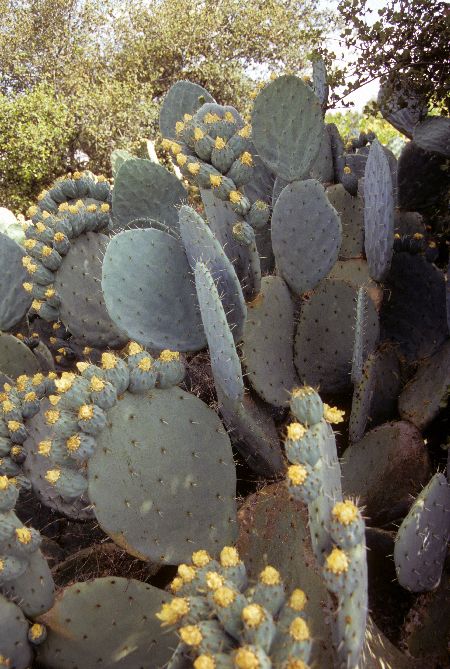
Opuntia robusta
Giant Prickly Pear
Giant Prickly Pear provides a shrublike presence in the landscape. Pads almost as big as dinner plates are striking. Provide plenty of space for its mature growth. Canopy coverage: 79 square feet.
[Read More]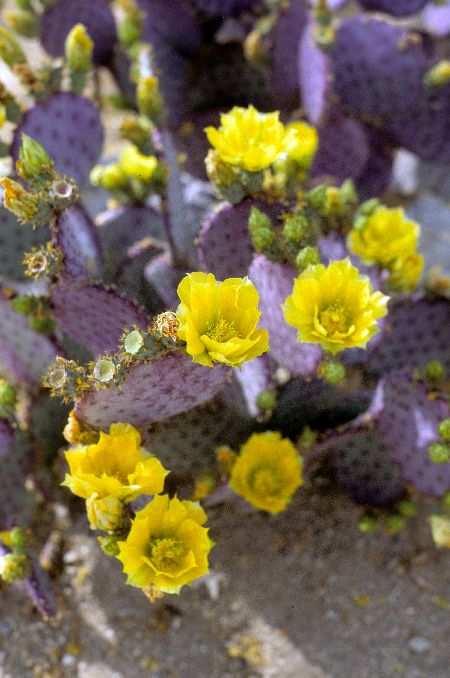
Opuntia santa-rita
Purple Prickly Pear
When conditions are dry or cold, the pads of Purple Prickly Pear often turn an attractive purplish color. Pads are usually armed with bristle-like spines. Canopy coverage: 20 square feet.
[Read More]Pachycereus marginatus
Mexican Fencepost
As you might imagine from its name, Mexican Fencepost provides a strong vertical element in the landscape. Upright columnar arms. Canopy coverage: 28 square feet.
[Read More]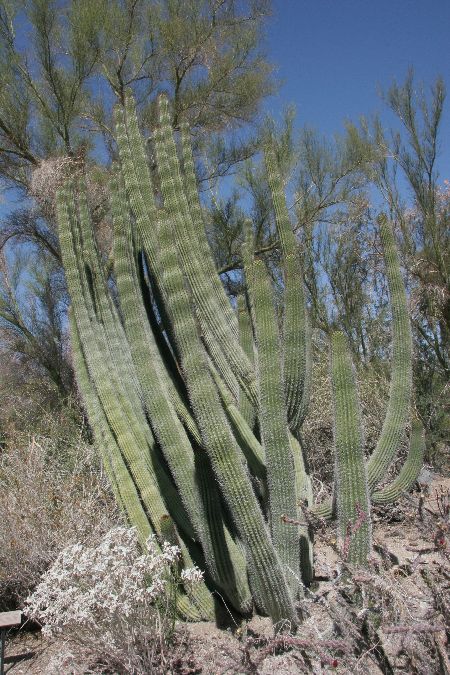
Stenocereus thurberi
Organ Pipe Cactus
This is a night-blooming cactus reaching an impressive size with time. Spines are dark, contrasting nicely with green skin. Canopy coverage: 79 square feet.
[Read More]